Text & Photos: Bhargav TS
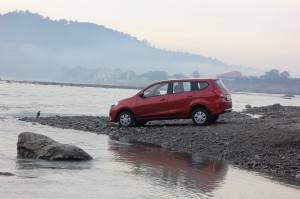 Datsun Go+, the second product from the Datsun stable, has created an all new segment of its own – the compact MPV. Nissan Motor Company, which revived the Datsun brand after 3 decades launched its first sub-four lakh rupee car Go in India. The entry level hatchback was designed for people who want to ‘go’ further in life, fulfilling their dreams and ambitions for a better tomorrow. Since Nissan had no presence in the entry level segment, the company structured the new car to draw high-growth market customers aspiring for new and specific products and services.
Datsun Go+, the second product from the Datsun stable, has created an all new segment of its own – the compact MPV. Nissan Motor Company, which revived the Datsun brand after 3 decades launched its first sub-four lakh rupee car Go in India. The entry level hatchback was designed for people who want to ‘go’ further in life, fulfilling their dreams and ambitions for a better tomorrow. Since Nissan had no presence in the entry level segment, the company structured the new car to draw high-growth market customers aspiring for new and specific products and services.
But the strategy failed and there were few takers for the hatchback. There are plenty of reasons for poor sales, but the main reason is lack of sales and service points; it’s a crowded segment where established players like Maruti Suzuki and Hyundai dominate the entry level segment. In India, if any manufacturer launches a car and creates a new segment, there are lots of takers and the best example is Renault Duster – the compact SUV. However, the MPV segment in India has been registering steady growth in the last couple of years, with many OEMs keen to enter this space. MPVs are popular with large families where they can carry more people and can accommodate more luggage. With the Go+, Datsun is targeting new, large car owners.
From the front the car looks the same as the Go; there is no change in the design. The diamond-shaped grille, the angular, peeled-back headlamps and attractive lines do have appeal. All trims of the Datsun Go come equipped with segment-first follow-me-home headlights. The headlamps, designed by India Japan Limited (IJL), are exclusive for this segment as it combines the ‘follow me’ option to help the driver when exiting the car during night-time. Go+ looks like an extended version of Go to accommodate 7 passengers and by folding the third row it can carry additional luggage for long travel. The big change in Go+ is the increase in length – compared to the Go the length is increased by 210mm to 3,995mm so it just fits under the sub 4 metre bracket for small cars.
Like Go, the B and C pillars are blacked out and the best part is that the section behind the C pillar is neatly masked to make it look proportional. The rear has been slightly modified by having new bumpers and the number plate has been moved to the boot lid instead of in the bumper. The top end of Datsun Go+ trim gets body coloured bumpers and door handles along with wheel covers on the outside. Rest of the exterior remains the same and there is no change even in the tyre size and wheelbase, as it carries the same 155/70 R13 tyres. Queried on retaining the same tyre size, company officials claim that by having smaller tyres, the torque increases; the feedback from Go customers made them retain the same tyre size.
Once the door handle is pulled, the first difference is felt in terms of a better locking system. In Go, there was noise during opening and closing of doors, which has now been solved in Go+ by having a better locking system and door pads. The cabin remains the same with the same bench seat in the front and ample space in the middle row. Clever management of space, the dash-mounted gear lever and slim seats manufactured by NKF India Automotive Seating, provide optimal comfort. The seats are designed in such a way that the bending movements that create stress are cancelled by the spinal-shaped backrest. The new addition is the third row, which is mounted on the floor with absolutely no space to rest the legs. These 2 extra seats are suitable only for children – that too only for short trips. Possibility to accommodate an adult in the third row is ruled out and the best way to use the space is to fold it to store more baggage.
The instrument panel has an on-board computer, which displays a digital tachometer and tripmeter. It also comes with an AC, electric power steering, front power windows, a gear shift guide, and a folding rear seat bench, which can now be tumbled to access the third row. It also gets a two-speaker audio system with just aux-in compatibility without radio, a mobile phone stand, a USB port for charging only and Jacquard seat upholstery. Still, the front passenger has no ceiling-mounted grab handle to hold on to, which is a big flaw; when the mobile is in its holder the flow of air conditioning gets disturbed and it may affect the performance of the phone too.
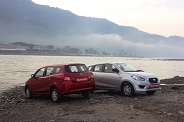 The Go+ is fitted with the same 1.2-litre 3-cylinder engine, as it generates a maximum power of 67 Bhp and a maximum torque of 104 Nm. To haul the extra 30kg, the torque is enough and pulls the car easily. The company also claims that it has tuned the ECU and the engine to make it slightly more responsive. The engine behaved well both in the city and hilly region and manages to move around without changing of gears. Along with the engine, driving is made comfortable with the help of well-calibrated brakes, suspension and light steering.
The Go+ is fitted with the same 1.2-litre 3-cylinder engine, as it generates a maximum power of 67 Bhp and a maximum torque of 104 Nm. To haul the extra 30kg, the torque is enough and pulls the car easily. The company also claims that it has tuned the ECU and the engine to make it slightly more responsive. The engine behaved well both in the city and hilly region and manages to move around without changing of gears. Along with the engine, driving is made comfortable with the help of well-calibrated brakes, suspension and light steering.
The suspension has also been tweaked to carry the extra mass at the rear, but it is very pliant and absorbent and really silent when going over rough patches. The Go+ is fitted with the higher class suspension system with double pivot lower arm for front and torsion beam for the rear. Rear suspension stroke is increased by 30% over the industry average, providing a huge gap between the rear wheel arch and the tyre. Therefore, it provides good clearance between the tyre and the wheel arch but visually it doesn’t gel together.
The best part of the car is the ground clearance, which at 170mm is good enough to tackle any kind of rough road and potholes. It easily passed over big stones in the branches of the river Ganga in Dehradun and Rishikesh, where the car was driven in all conditions. The only problem is the lack of tyre grip, which can be easily sorted out by having bigger tyres. The NVH levels of the GO+ are not up to the mark even in low speed as well as in triple digit speed. The tyre noise, wind and engine noise disturb driving. For this price tag one can’t expect good NVH levels, but in the near future it can be a major threat for the company as customers would expect more comfort.
The Datsun Go+ lacks in passive safety systems, which are not offered even as an option. Sundararajan Krishnan, Assistant Chief Vehicle Engineer, RNTBCI, said the company has stressed and focused on other safety areas like responsive powerful brakes, high visibility cabin and well tuned suspension for better control of the vehicle. “We are working on ABS and airbag systems for the Go and Go+ and are also working closely with the regulatory bodies and will add these features once the regulations change.”
A family looking for a city car with 2 extra seats would prefer the Go+, which provides good comfort and offers better mileage of 20.62kmpl (ARAI certified). If the car is priced less than Rs 4.5 lakh, then it’s a value for money product; and if Nissan is going on track of setting up a 300 dealer network by end of 2015, there will be more takers for this new compact MPV.



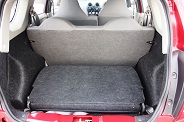

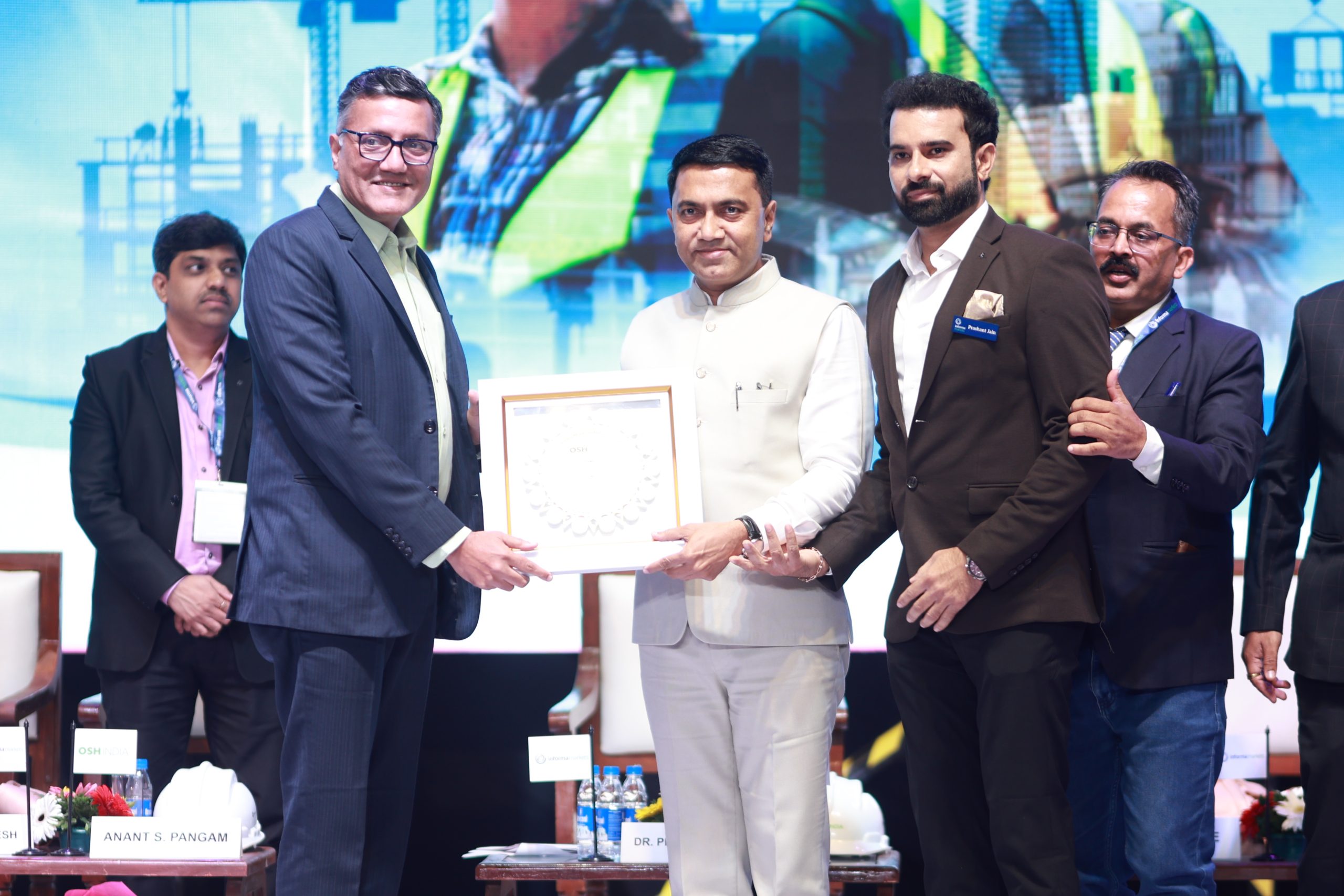




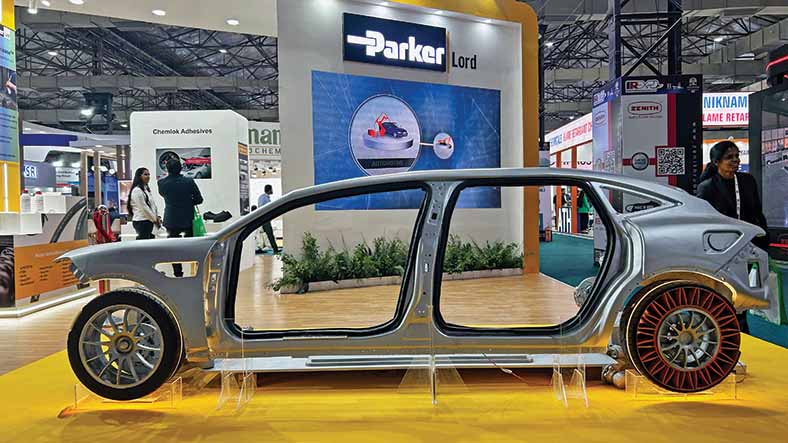

Leave a Reply